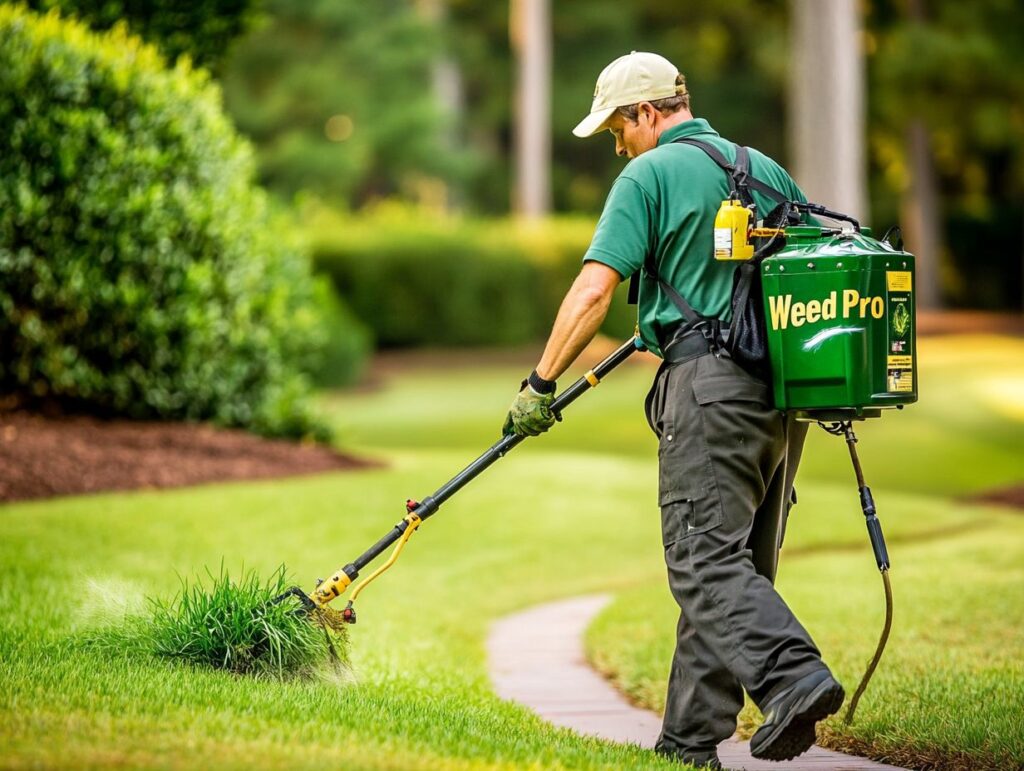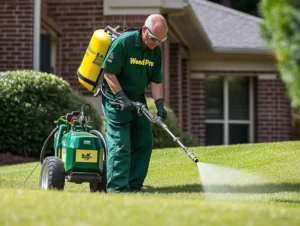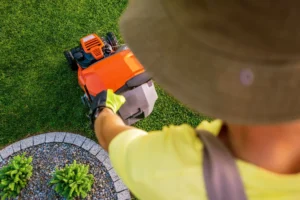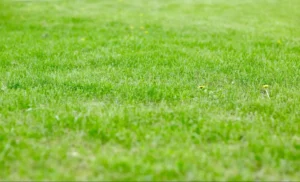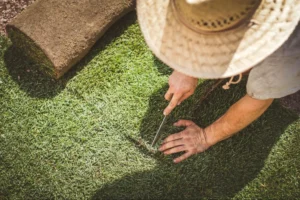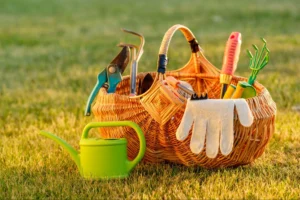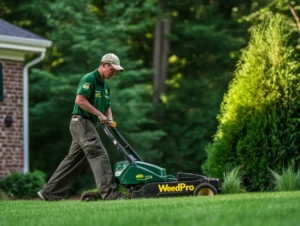Big construction projects can do wonders for your home—but let’s be honest, they’re rough on your lawn. Between the bulldozers, delivery trucks, and contractor foot traffic, your once-lush turf can quickly turn into a compacted, muddy mess. If your yard feels more like a construction site than a green escape, it’s time for a serious lawn treatment plan.
Whether you’ve added a new deck, built a pool, or finally finished that dream patio, it’s common for lawns in Cumming, GA to suffer collateral damage. But don’t worry—your grass can bounce back! With the right mix of soil reconditioning, aeration, and turf repair strategies, you’ll have that post-project lawn looking lush in no time.
Let’s walk through how to revive your yard from the dirt up.
Why Construction Wrecks Your Lawn (and What to Do About It)
Construction is great for property value—but it’s basically a horror movie for grass. Here’s what typically goes wrong:
- Soil compaction from heavy equipment
- Torn-up turf and root damage
- Topsoil displacement and erosion
- Crushed irrigation lines or broken drainage
- Leftover debris suffocating your lawn
A healthy lawn can’t thrive in those conditions. That’s why a targeted lawn treatment is essential once the builders clear out.
Step 1: Debris Be Gone—Start with a Clean Slate
Before you break out the seed or fertilizer, your first step is good old-fashioned debris removal. Clear the site of any leftover materials—wood scraps, nails, bricks, gravel, and other construction leftovers. Even small bits can block grass growth and prevent your soil from getting the airflow and moisture it needs.
Tip: If sod was removed or disrupted during the project, assess whether sod replacement is more efficient than trying to regrow from seed.
Step 2: Address Soil Compaction Like a Pro
Heavy equipment like cement mixers and skid steers can compress the soil to pancake status. That’s a big deal because compacted soil blocks water, nutrients, and oxygen from reaching the root zone.
Here’s how to fix it:
- Use core aeration to create deep channels in the soil. This opens up pathways for new growth.
- For extremely dense areas, go for double-pass aeration or even mechanical tilling if you’re redoing the lawn entirely.
- Incorporate a topsoil amendment like compost or peat moss to add organic matter and boost soil structure.
This is where soil compaction recovery comes in—without it, your grass won’t stand a chance.
Step 3: Recondition the Soil
After aeration, your soil is ready to soak up nutrients. Apply a balanced starter fertilizer to kickstart regrowth. Depending on how long the lawn was stressed, you might also need to test the pH and apply lime or sulfur to rebalance.
For areas with erosion, especially sloped zones, consider applying a top dressing layer and installing temporary erosion control netting to keep everything in place while the turf reestablishes.
Step 4: Level Out the Terrain
Construction zones can leave behind ruts, dips, and weird mounds. Uneven ground causes water runoff, makes mowing miserable, and can even be a trip hazard.
- Use a landscaping rake to spread topsoil evenly.
- For larger dips, fill with a soil and compost blend and tamp it down lightly.
- Areas that pooled water during construction may need regrading or better drainage solutions.
This turf leveling stage is key to creating a smooth, healthy lawn base.
Step 5: Time to Rebuild the Turf
Once your soil is rehabbed and leveled, it’s go-time for planting.
Choose your turf strategy:
- Sod replacement: Fast, dramatic results. Great for high-impact areas.
- Seeding: More budget-friendly but requires patience. Choose a seed blend suited for Cumming’s climate and your yard’s sun/shade conditions.
- Hydroseeding: A great hybrid option for large areas needing fast coverage.
Make sure your planting schedule matches your region’s climate. In Cumming, fall and early spring are the prime times for new turf reestablishment.
Step 6: Water Like a Lawn Whisperer
Post-construction lawns need careful hydration—not too much, not too little. For new sod or seed:
- Water lightly 1–2 times daily for the first 2 weeks.
- After that, shift to deeper watering 2–3 times per week.
- Avoid overwatering, which can cause runoff and seed washout.
Water runoff management becomes especially important in recently regraded or sloped areas. Use straw, mulch, or light erosion control blankets to help stabilize the soil.
Step 7: Mow at the Right Time and Height
Hold off mowing new grass until it’s about 3 inches tall. When you do mow, only cut one-third of the blade height at a time.
Use sharp blades and avoid tight turns that could tear out shallow-rooted turf. Want that healthy “pop” afterward? Time your first mow with your second round of fertilization to give new turf a post-cut nutrient boost.
Construction-Specific Tips for Lawn Recovery
Need extra TLC for your lawn? These targeted lawn treatment tips can make a huge difference after construction:
1. Root Zone Repair
If tree roots or shrubs were exposed or damaged, prune them cleanly and apply mulch to help retain moisture as they recover.
2. Irrigation Checkup
Heavy equipment might’ve crushed sprinkler heads or pipes. Do a full inspection and repair before you start planting.
3. Compact Turf Fix
Don’t rely on aeration alone. Mix in organic compost or loamy topsoil to bring back that soft, spongey turf feel underfoot.
4. Mulch Borders and Beds
Edging flower beds and mulch borders can hide minor damage while giving your yard that “finished” look during recovery.
How Long Until Your Lawn Looks Normal Again?
If you’re consistent with your post-construction lawn treatment, here’s what you can expect:
- Week 2–3: Germination or root establishment
- Week 4–6: Noticeable turf thickening
- Week 8–10: Lawn is mostly filled in and growing well
- 3–4 months: Fully established turf that handles traffic, mowing, and light play
Remember, it’s not just about how it looks—it’s about rebuilding the soil and setting your turf up for long-term health.
Your Lawn Might Look Rough Now—But We’ve Seen Worse!
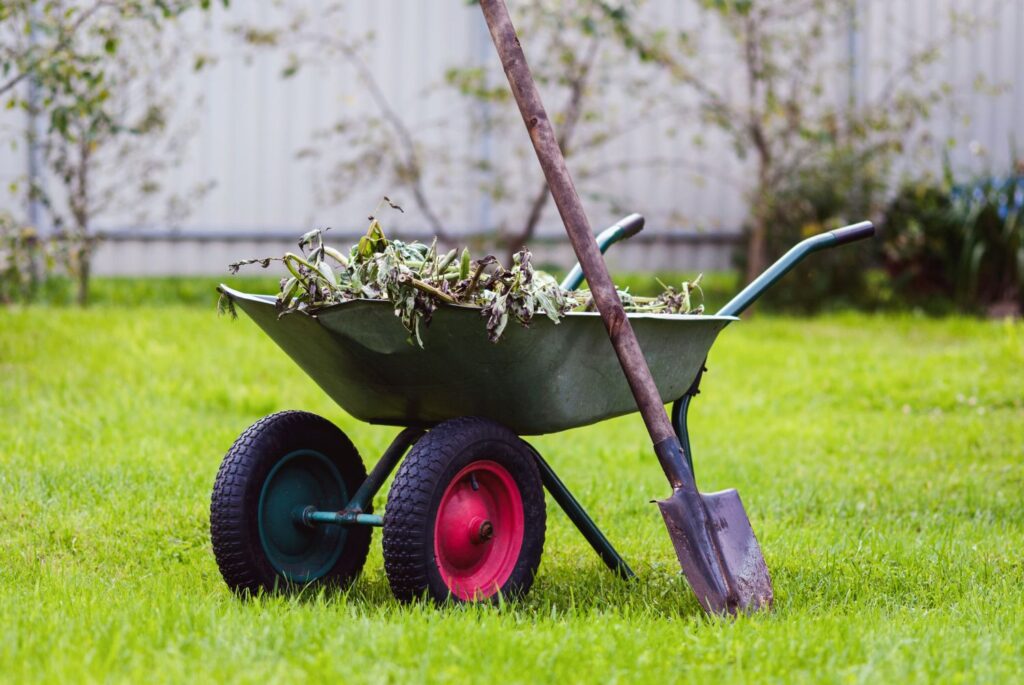
At Weed Pro, we specialize in post-construction lawn treatment throughout Cumming and the surrounding area. From soil compaction recovery to turf reestablishment and customized fertilization schedules, our local pros know exactly what your yard needs to bounce back.
Whether you’re dealing with patchy sod, stubborn ruts, or soil that’s harder than concrete, we’ve got the tools (and the turf smarts) to restore your lawn’s glory. Let us handle the dirty work so you can enjoy your new space without worrying about what’s underfoot.
FAQ: What Else Should You Know?
Can you replant grass directly on compacted soil without aerating?
You can, but you probably won’t get the results you want. Compacted soil limits air, water, and root penetration. Without aeration, most seeds won’t germinate properly or will struggle to establish strong roots. Think of aeration as opening the door for your new lawn to thrive.
Should you fertilize right after construction or wait until the turf is growing again?
Timing depends on whether you’re laying sod or using seed. For sod, apply a starter fertilizer right after installation. For seed, fertilize just after planting. Follow up with a second round 4–6 weeks later to support healthy, ongoing growth.
What if your lawn has puddles or erosion after construction?
This usually signals grading or drainage issues. You may need turf leveling or install drainage solutions like French drains or swales. Temporary erosion control blankets or mulch can help prevent further damage until permanent fixes are in place.
🚨 Don’t Miss What Could Be Hurting Your Lawn Next…
Just when you think you’ve got your lawn looking great again, bam—pests move in. Head over to our next article, “Pest Control in Cumming: Early Signs Your Lawn Has a Problem,” and learn how to stop trouble before it starts. Your post-construction lawn deserves that extra layer of protection!

